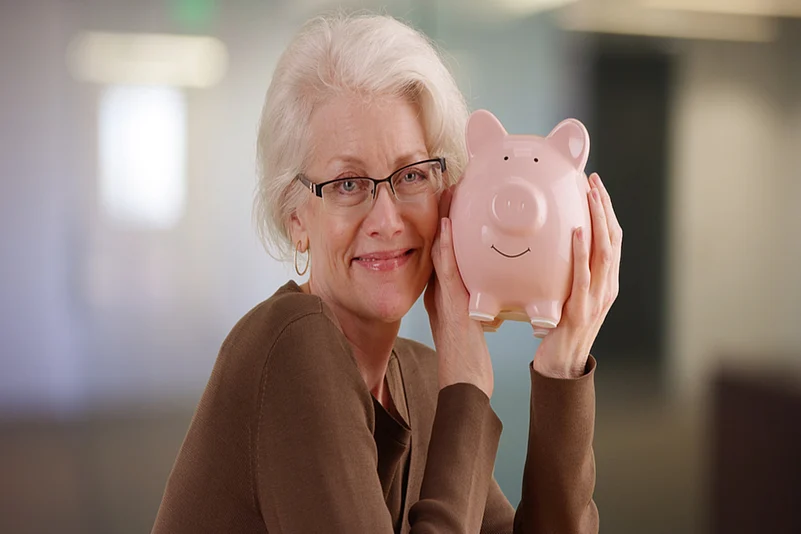While investing does not follow a one-size-fits-all approach, it is a different ballgame when you are in your 50s. This is because you need to maintain a fine balance between your current and upcoming needs, at this delicate stage of your life and for post-retirement.
So, how should you approach the investment game in the 50s and what should your portfolio look like? Let’s find out.
Focus on Your Money
With prospects of active income dwindling, it’s crucial to keep a keen eye on your savings and add to it as much as you can, to ensure a stress-free retired life. In other words, the focus should be on you and your money.
Advertisement
Most people in their 50s still tend to fund big-ticket purchases for their children, such as a home, or be a part of it by being a co-applicant in home loans. Such moves can jeopardise your financial independence. If your children fail to pay their EMIs, the onus falls on you, to do the same. This can be a cause of major financial stress and hamper your retirement savings.
Hedge Your Risks
Risk appetite generally decreases with age. While your portfolio commands high equity exposure in formative years to gain from inflation-indexed returns, the quantum should come down in your 50s. To put it otherwise, it’s imperative to move slowly towards debt to protect the accumulated corpus from eroding due to the vagaries of the stock market. If you have invested in equity mutual funds, set up an STP (systematic transfer plan) to move towards debt.
Advertisement
Equally essential is to make space for an emergency corpus to take care of needs cropping up unexpectedly, particularly medical contingencies. If you have health insurance, consider availing of a top-up plan to have a wider security net. Linked to a deductible limit, a top-up policy commands a lower premium.
Keep Your Investments Liquid
This is another essential component to be aware of while investing in your 50s. Parking money in instruments with long lock-in periods can become a cause of major heartburn especially when easy access to funds is necessary. Therefore, it’s imperative to invest in tools that you can easily liquidate.
Most elderly investors are lured into investing in real estate with hopes of earning bumper returns or good rentals. However, it’s essential to keep in mind that real estate is a highly non-liquid asset class. It can’t be easily converted into cash and the prospects of rentals depend on a lot of factors. Hence, it’s vital to gauge the liquidity aspect of investment in mind and make sure most of them are in avenues that you can easily convert into cash.
Tick-Off Big Ticket Expenses
With a technical break on active income, having big-ticket expenses in your post-retirement years can jeopardise your finances. Therefore, if you have planned for any significant expenses, it’s better to tick them off early.
Advertisement
For instance, if you have thought of undertaking a world tour, it’s prudent to take it when you still have a few years to your retirement. Doing so will ensure that the money spent is replenished.
In Conclusion
While the primary goal while investing in the 50s should be to secure your retirement corpus, it’s equally essential to take into account the above-mentioned aspects, so as not to be caught off-guard. It’s vital to ensure you are in command of your finances and keep your nominations updated, to avoid any potential legal hassles in the future. Happy investing!















 Just one email a week
Just one email a week